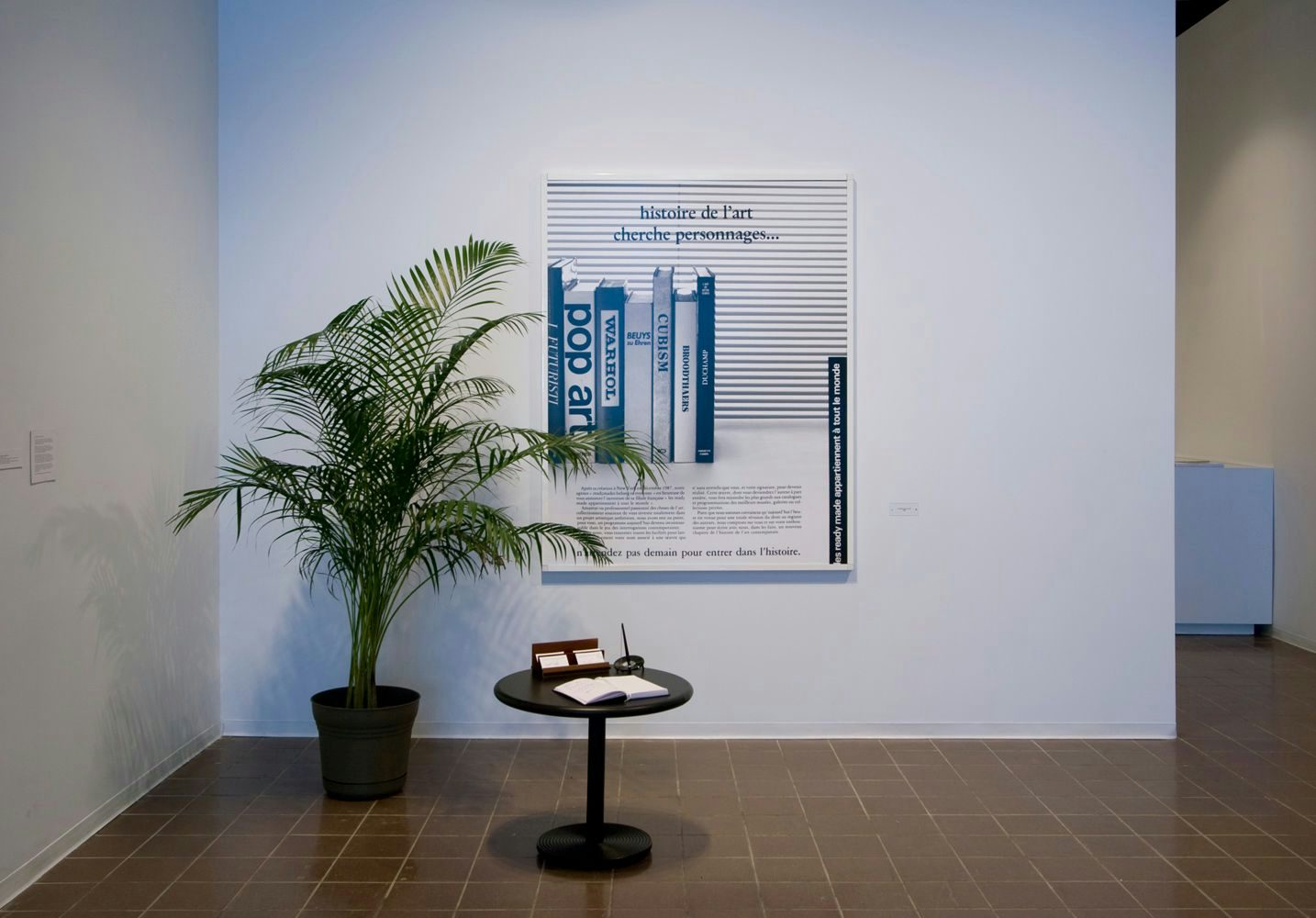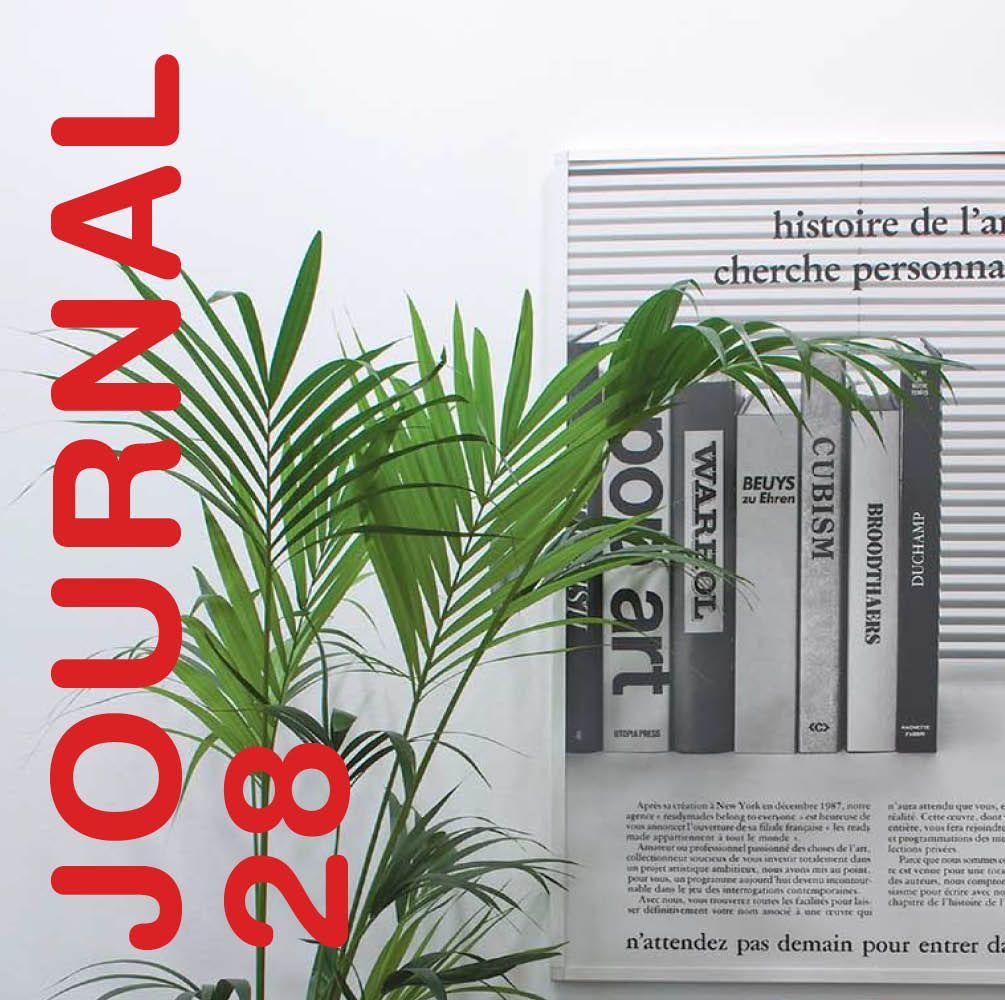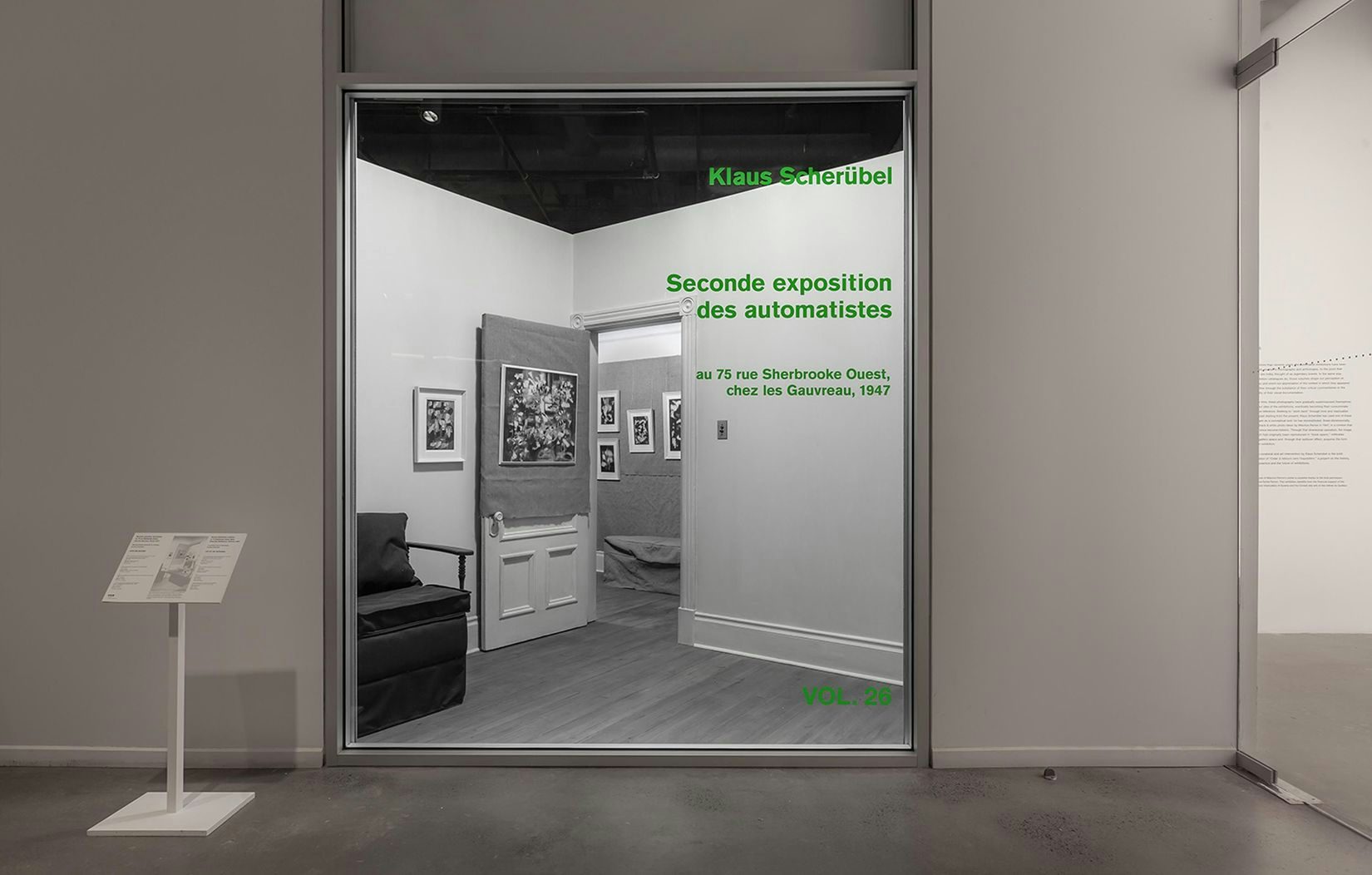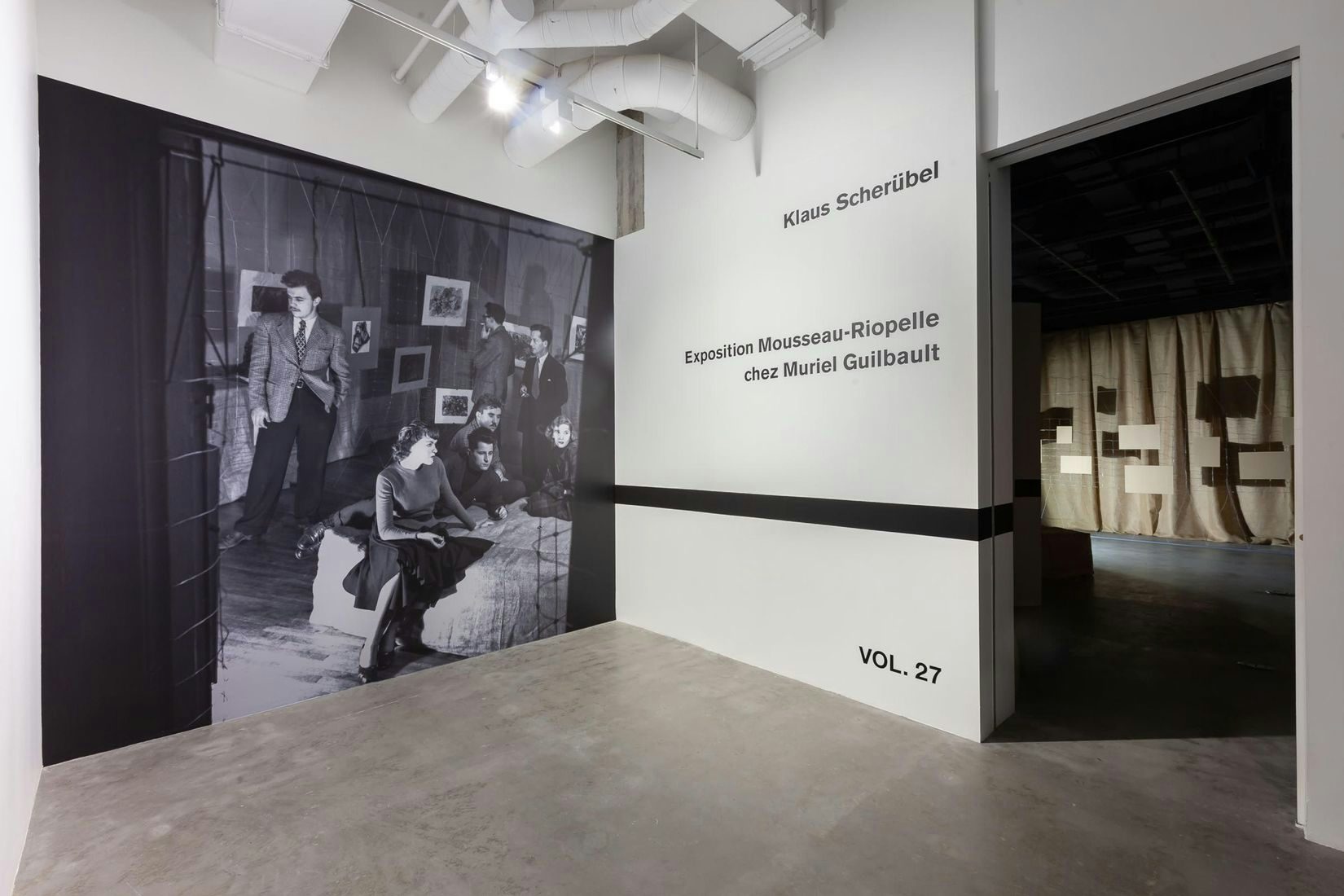
Tractatus Logico-Catalogicus
2008.11.06 - 12.13
KLAUS SCHERÜBEL
When one gets involved in art, one does nothing but move from catalogue to catalogue. – Marcel Broodthaers
An object of documentation, registration, mediation, reflection, promotion and valorization, the exhibition catalogue plays a crucial role in the world of art. It functions alongside artworks and the exhibition of those works by granting them a degree of permanence while simultaneously guaranteeing their public existence. It also conditions the current or future perception of artworks via the content of its critical commentaries and the quality of the documentation and information it contains. Thus, not only is the catalogue a tool for mediation, but it is authoritative within the art system. This exhibition, which borrows its title from a work by Marcel Broodthaers, brings together for the first time a selection of artworks—from 1954 to the present day—in which the catalogue is the principal object or subject. These stances elaborate a critical reflection on the catalogue that aims to question its forms, functions and uses.

SOME NOTES ON A CATALOGUE TO COME
— Birth of the genre: Yves Klein creates his initial work, Yves Peintures and its twin Haguenault Peintures in 1954, parodying the classic catalogue. These publications consist of ten monochromatic plates with a preface attributed to Pascal Claude. The “reproductions” do not refer to any original works, while the text of the preface has been replaced by black lines. Klein is commenting on the authoritativeness of the catalogue and its legitimization of artists and those who hover around their production. “He denounces the illusionistic nature of this system all while creating a reality that apparently complies with its standards” (Marion Hohlfeldt, “Yves Klein. L’éloquence du silence” [freely translated]).
— Other “catalogues” as artworks: In the early 1960s Ed Ruscha produces a series in which he assumes the duties of the editor, and creates works in the form of publications. He favours a mode of commercial production that sets them apart from the traditional artist’s book, usually quite valuable and issued in limited editions. See also the booklets created by Hans-Peter Feldmann using a similar mode of production.
— The catalogue as exhibition space: Curator and art dealer Seth Siegelaub is another who overturns the usual function of the catalogue by positing it as the subject of the exhibition. He states his plan in the introduction to the catalogue January 5–31, 1969: “The exhibition consists of (the ideas communicated in) the catalogue; the physical presence (of the work) is supplementary to the catalogue.”
— Radical criticism of the catalogue: In 1966, Argentine artist Roberto Jacoby creates a catalogue for an exhibition that does not exist. He seeks to draw attention to the “illusory power” of catalogues, referencing Barthes, who had examined advertising as a purveyor of modern myths. (see Mythologies, 1957).
— Institutional critique: See Jan Dibbets’s contribution in the catalogue of the exhibition Information, MoMA, 1970.
— The catalogue in picture form: Marcel Broodthaers produces Tractatus Logico-Catalogicus (1972), which presents the print proof of 12 pages of his catalogue (as a negative and with crop marks). The image becomes the supplement to the catalogue while simultaneously helping to highlight it. Broodthaers provides a painstaking description of his works (67 documents that include deletions and corrections)—in so doing, he parodies the exhaustive detail and institutionalizing character of catalogues raisonnés.
— The catalogue as visual referent: Gilles Mahé publishes the portrait of an institution (FRAC Bretagne) as seen through its collection of catalogues. Brandon Lattu’s Library project also features a collection of catalogues and books (his own), but his approach is different in that it accentuates the visual and empirical perception produced by the “reading” of them in a library.
— The catalogue as guardian of posterity: Art history as a producer of celebrities is the subject of Pétition de principe (1988), produced by Philippe Thomas’ agency readymades belong to everyone®. A poster displays catalogues of art movements or famous artists, while a text reveals the agency’s program: you are invited to add your signature to a registry, after which you will be associated with a work and become its author. “Don’t wait until tomorrow to be part of history.”
— The catalogue as merchandise: Matthew Higgs rephotographs the cover of a catalogue on John Currin, leaving apparent the traces of its devaluation and its temporary existence in the commercial system. Also discuss his work Video Art…
— The image of relevance conveyed by the catalogue: Thérèse Mastroiacovo creates a series of drawings (ART NOW, 2005–) that reproduce the covers of works containing the words ART and NOW. They function as a critical point of view on the authoritative value of these catalogues and their pretence of absolute representation of contemporary artistic production.
— The promotional role of the catalogue: Ron Terada self-reflexively exposes the funding methods that supported the production of his monograph.
— The(s) system(s) of cataloguing: In Werkverzeichnis: 1992-2007, at once a catalogue raisonné and an “artist’s book”, Johannes Wohnseifer entrusts the structuring of his creation to a database-management software program that becomes the exhibition curator.
— The appropriation of the catalogue: Discuss the use of the dustjacket by the artists.


